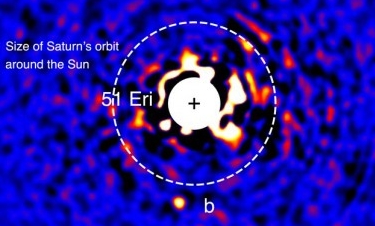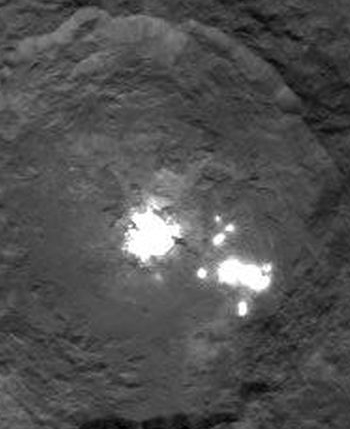An update on Gaia’s first year of astronomical observations
European scientists today released an update on the status and scientific observations of their space telescope Gaia, designed to survey the location and distance of a billion stars.
The press release provides a basic summary of the spacecraft’s condition, which appears good, as well as an overview of some of the most interesting observations, though with little detail. This is because the first scheduled release of Gaia hard data will not happen until a year from now, thus giving the scientists who run the project a year to analyze it and publish their own papers.
European scientists today released an update on the status and scientific observations of their space telescope Gaia, designed to survey the location and distance of a billion stars.
The press release provides a basic summary of the spacecraft’s condition, which appears good, as well as an overview of some of the most interesting observations, though with little detail. This is because the first scheduled release of Gaia hard data will not happen until a year from now, thus giving the scientists who run the project a year to analyze it and publish their own papers.


